From 2008, the Putin regime has shown dynamic shift towards neo-Nazi ideology. The Kremlin has updated the topic of fight against fascism to hide clear signs of Nazism in Russia’s politics and foreign policy.
Russian policy analysis, however, reveals clear analogy between the Putin regime and that of Nazi Germany of the 1930s and 1940s.
Nazism is an ideology based on the ideas of expansionism and revanchism, leaderism, extremist nationalism, xenophobia, anti-Semitism and Suprematism.
As Germany adhered to the ideas of pan-Germanism in Nazi ideology, Moscow is going with the ideas of pan-Russianism that look like ‘Russian world’ concept.
Russian leaders keep following the narratives by Primakov and Karaganov, as they have shaped Moscow’s foreign policy for the last ten years. The Primakov’s narrative says Russia should control the whole territory of former Soviet Union. The Karaganov’s narrative suggests that Russian speakers who do not live in Russia should be used as a core group for Russia’s foreign policy. He enables Moscow to make territorial claims, threatening territorial integrity, as it encourages and cultivates separatism.
Russian Nazism, like that of Hitler’s Germany, is based on ideological populism, as it takes advantage of all convenient ideas to launch propaganda and mobilize the masses.
The NSDAP 25-point programme, approved in 1920, set the task to unite all ethnic Germans as part of great Germany, abolish the Treaty of Versailles requirements of 1919 (like Russia demands assurances of NATO non expansion today), to set up a centralized state power, to expand the ‘living space’. The Putin regime, likewise, pushes for establishing the ‘Russian world’ in the territories of the Russian Empire, seeks to restore the Soviet Union (revanchism) within the territory and geopolitical space, and challenges the global order that has followed NATO creation, as Russia lost the Cold War.

Ukrainians were chosen, to add to anti-Semitism of Russia’s everyday life, as they did not want to be absorbed by Russia, and their desire for freedom and democracy threatened totalitarian Putin regime. In this regard, fighting Ukrainians was translated into genocide during Russian military invasion of Ukraine. Like Hitler’s Germany, Russia ignores the rules of war, focusing on killing civilians, torturing dissenters and activists in the occupied territories. Mobile crematoriums used to get rid of the bodies make it possible to compare Putin’s ideology to neo-Nazism.
Propaganda is another identical feature of Putin’s Russia and Hitler’s Germany. Russian propagandists follow Goebbels patterns. Ideological control over the people boosts ethnic and cultural propensity of Russians to support the government, as they approve any manifestation of state policy.
Russians chose a replica of the Nazi military insignia to invade Ukraine. ‘Z’ is a copy of the 4th SS Polizei Panzergrenadier Division insignia under the command of SS-Oberführer Walter Harzer in 1940-1945.
Letter V is another insignia of Ukrainian invasion. Two silver V-shaped ribbons on the SS uniform are a special insignia – the ‘honor chevron for the old guard’. It was worn by those members of the NSDAP who supported the Nazis before Hitler came to power in 1933.
Available data suggest Russian Defense Ministry PR block headed by Andrey Ilnitsky, an adviser to Minister Sergei Shoigu, chose the symbols for the invasion. RT designers led by Margarita Simonyan developed the ‘Z’ identity, the RT online store has been selling goods with this insignia starting from February 26. That confirms the assessment by RLI of Simonyan’s ties to Defense Ministry, and therefore, foreign RT broadcasting in the interests of Russia’s military intelligence.
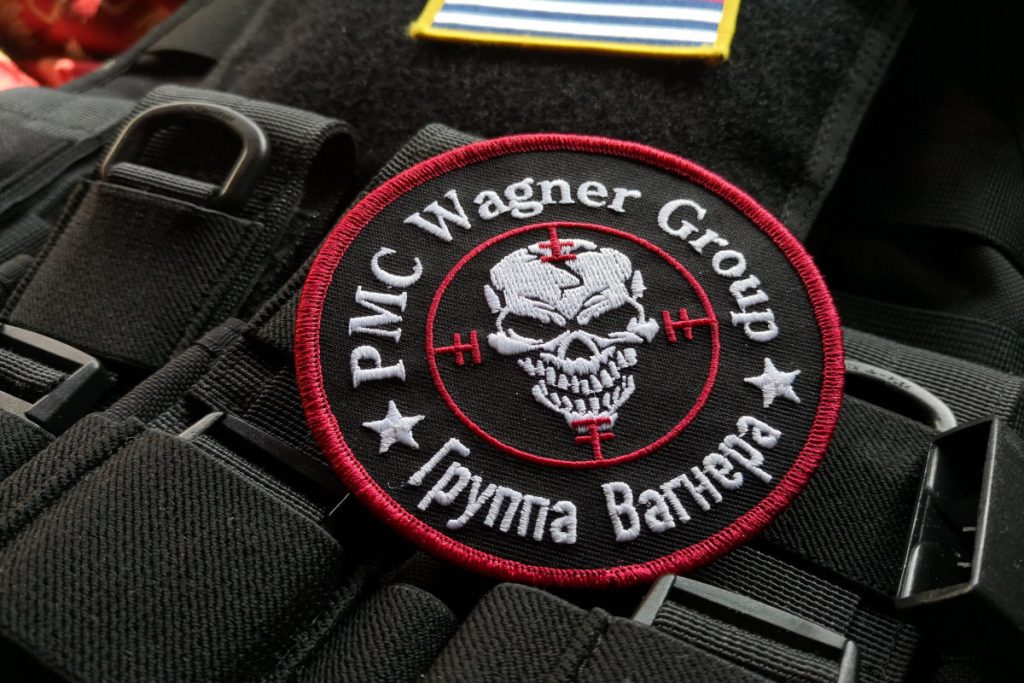
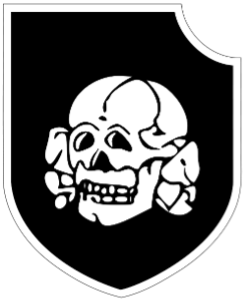
Thus, Russian Defense Ministry is likely to be secretly keen on the neo-Nazism. The uniform shown at the parade in Russia is obviously identical to that of Nazi Germany, adding to the assumption.

With attempts by Moscow to take credit for the victory over the Nazis, Russia does not distinguish fascism from Nazism. Nazism substantially differs from fascism as it has no concept of a corporate state or heredity of ideas from the left-wing trade union movements, with ‘racial policy’ of militant anti-Semitism, absent in fascism ideology.

As a rule, biased people neglect the difference between these ideologies, as they confuse the concepts, engaged into communist or liberal discourse. It is obvious, therefore, that military and political leaders of Russia, born in the Soviet Union, keep on exploiting the most negative image of fascism, on the one hand, which is typical for communists, and adhere to the ideas of Nazism as a state model with rigid vertical authority, on the other hand, with focus on expansion and keeping leaders in power.
In this regard, the Kremlin favors far-right political projects. The Kremlin state propaganda, however, claims all right-wing, conservative and clerical political movements are fascists, along with regimes that reject the idea of ‘Russian world’, proceeding from Soviet ideology that Russian political elite keeps on practicing.
Russian Nazism practice is identical to the practice of National Socialism in Nazi Germany. That is total control over all spheres of life, as well as systematic terror against dissidents (repression of demonstrations, the Navalny case), which is clearly visible in modern Russia. Just as in Germany starting from 1933, the opposition press and public speeches are banned in Russia, with widespread mass arrests. The NSDAP won the Reichstag elections in 1933, just like Putin’s United Russia, through fraud, won the Russian election in 2021. Hitler’s foreign policy was focused on destroying the Versailles system, just like Putin is seeking to undermine the security institutions established after World War II, as they transformed after the fall of the Soviet Union. Like the Nazis, Russia turned to military expansion, starting in 2008 in Georgia, ending in 2014 and 2022 in Ukraine. Historical parallels make it possible to predict Russia’s further steps in the context of neo-Nazi ideology. But if successful in Ukraine, Russia will undoubtedly advance further to the West, primarily to Moldova, the Baltics, and Slovakia.




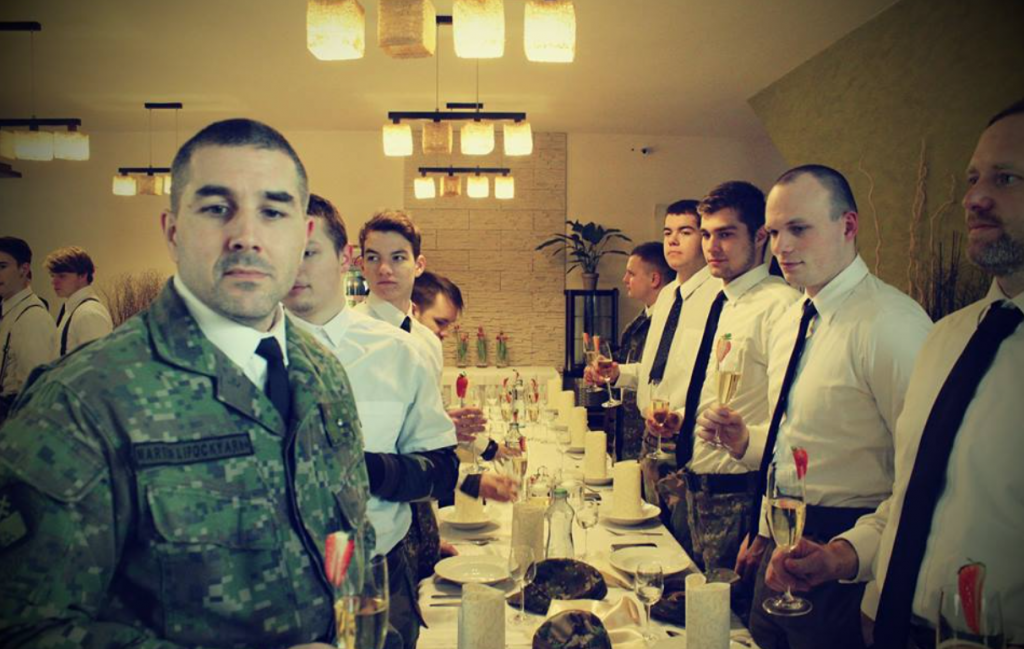
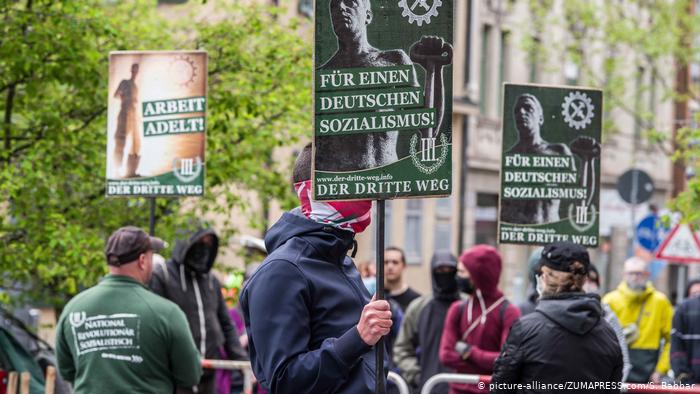
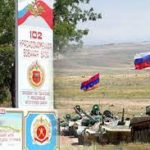

Pingback: Neither Putin nor the Russians like freedom - Robert Lansing Institute
Pingback: Risk indicators for tactical nuclear assault by Russia on targets in Europe - Robert Lansing Institute